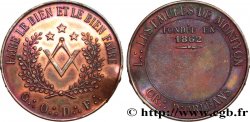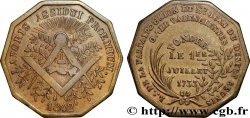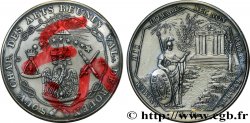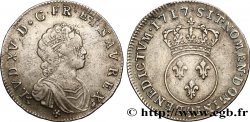fjt_651454 - FREEMASONRY SAINT-CHARLES 1782
150.00 €(Approx. 175.50$ | 130.50£)
Quantity
Add to your cart

Type : SAINT-CHARLES
Date: 1782
Mint name / Town : Mère loge écossaise
Metal : copper
Diameter : 28 mm
Orientation dies : 6 h.
Weight : 8,76 g.
Edge : Cannelée
Catalogue references :
Predigree :
Exemplaire provenant de la collection Charlet
Obverse
Obverse legend : QUAERITE ET INVENIETIS.
Obverse description : En trois lignes : L.D.S. / C.T.D.L. / P.H.D.S.A.D.E., rectangle représentant le plan simplifié d’une loge.
Obverse translation : Cherchez et vous trouverez / Loge De Saint Charles du Triomphe De La Parfaite Harmonie De Saint Alexandre D’Ecosse.
Reverse
Reverse legend : SUR UNE BANDEROLE, LUEN DE LUMINE.
Reverse description : Oeil dans un triangle lumineux.
Reverse translation : Lumière issue de la lumière.
Commentary
D’abord créée sous le titre de Saint-Charles de la Parfaite Harmonie en 1778 (cf. avers du jeton), la loge devint par la suite en 1782 Saint-Charles du Triomphe de la Parfaite Harmonie de Saint-Alexandre d’Ecosse. Reconnue par le Grand Orient en 1783, elle devient par la suite Saint-Alexandre. Selon Marc Labouret, il s’agirait d’un jeton frappé pour la fondation de la loge, mais l’usure importante importante constatée sur les jetons de ce type laisserait ainsi penser qu’ils ont beaucoup circulé, comme des jetons de présence (cf. M. Labouret). De rite de Écossais..
First created under the title of Saint-Charles de la Parfaite Harmonie in 1778 (see obverse of the token), the lodge subsequently became in 1782 Saint-Charles du Triomphe de la Parfaite Harmonie de Saint-Alexandre d'Ecosse. Recognized by the Grand Orient in 1783, it subsequently became Saint-Alexandre. According to Marc Labouret, this was a token struck for the foundation of the lodge, but the significant wear observed on tokens of this type would suggest that they circulated widely, like attendance tokens (see M. Labouret). Scottish rite.
First created under the title of Saint-Charles de la Parfaite Harmonie in 1778 (see obverse of the token), the lodge subsequently became in 1782 Saint-Charles du Triomphe de la Parfaite Harmonie de Saint-Alexandre d'Ecosse. Recognized by the Grand Orient in 1783, it subsequently became Saint-Alexandre. According to Marc Labouret, this was a token struck for the foundation of the lodge, but the significant wear observed on tokens of this type would suggest that they circulated widely, like attendance tokens (see M. Labouret). Scottish rite.







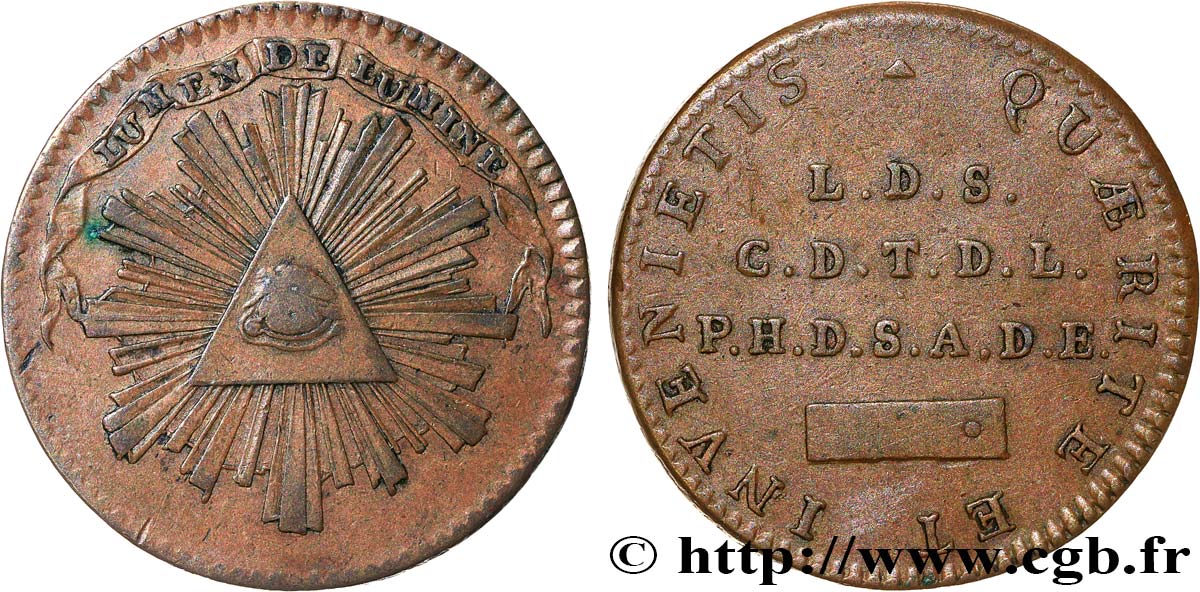
 Report a mistake
Report a mistake Print the page
Print the page Share my selection
Share my selection Ask a question
Ask a question Consign / sell
Consign / sell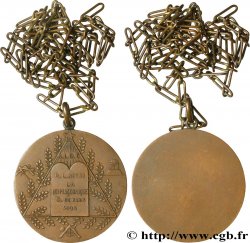
 Full data
Full data